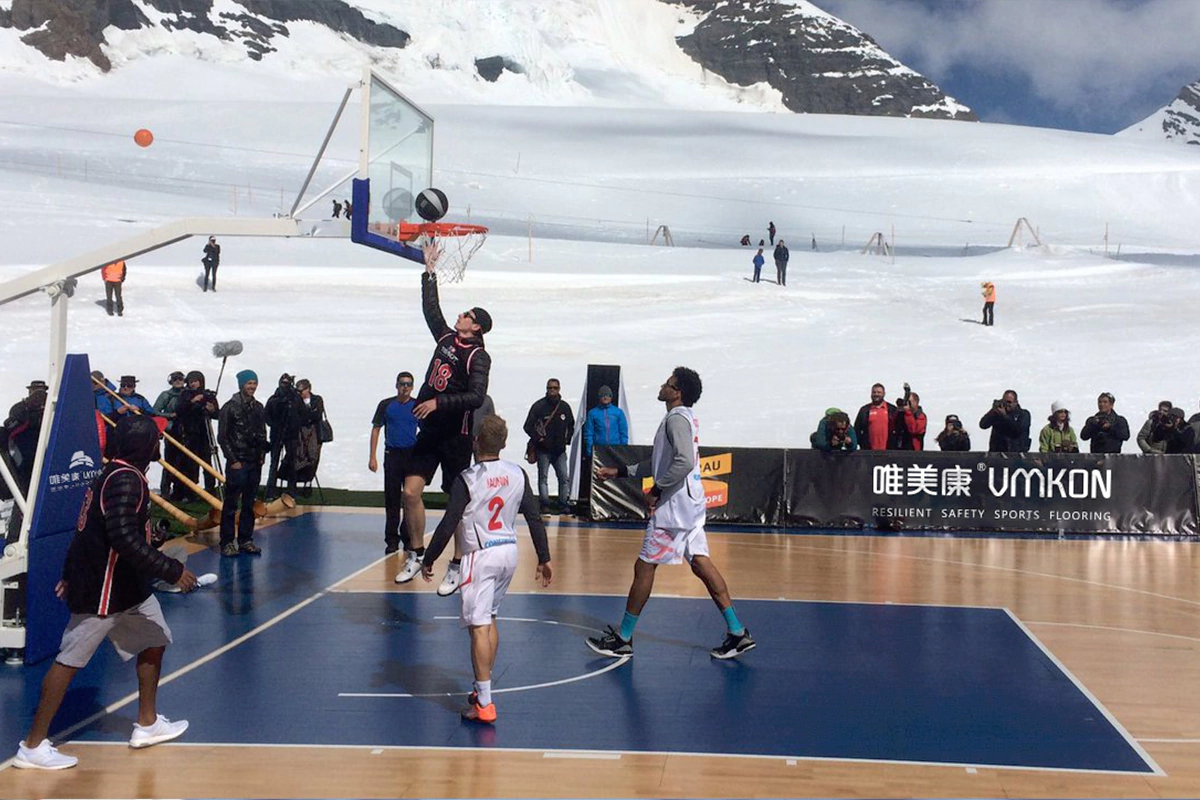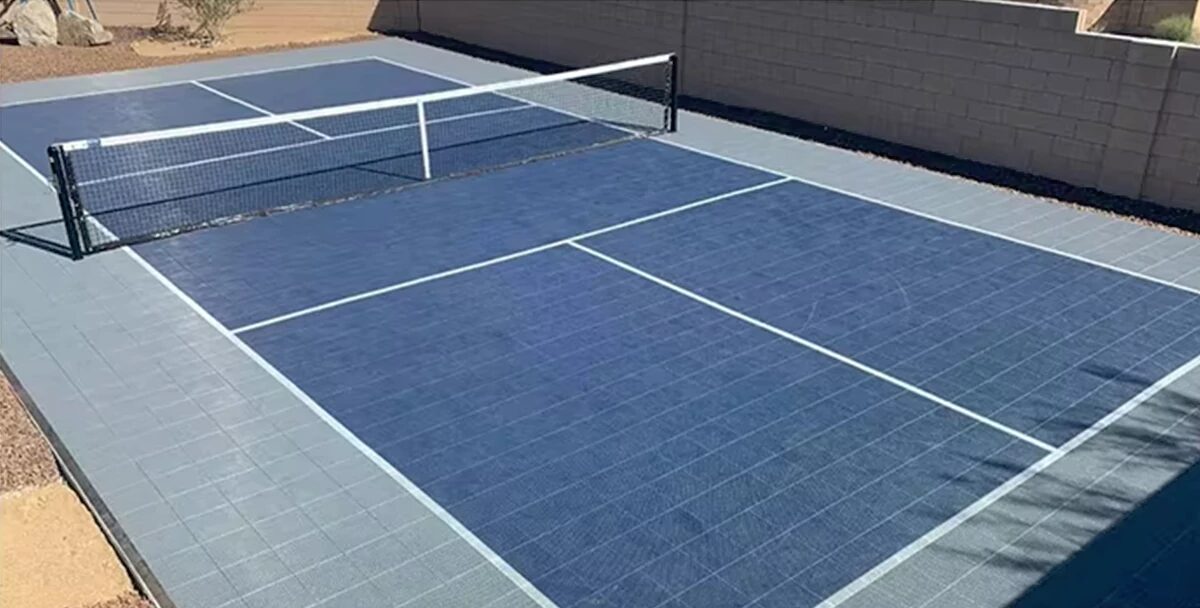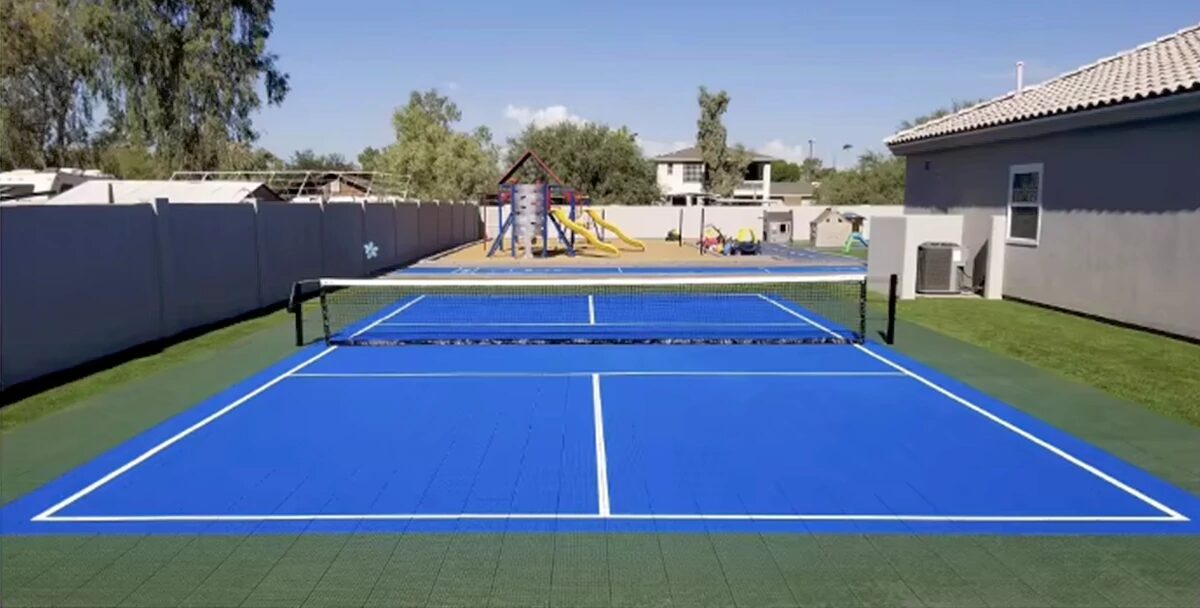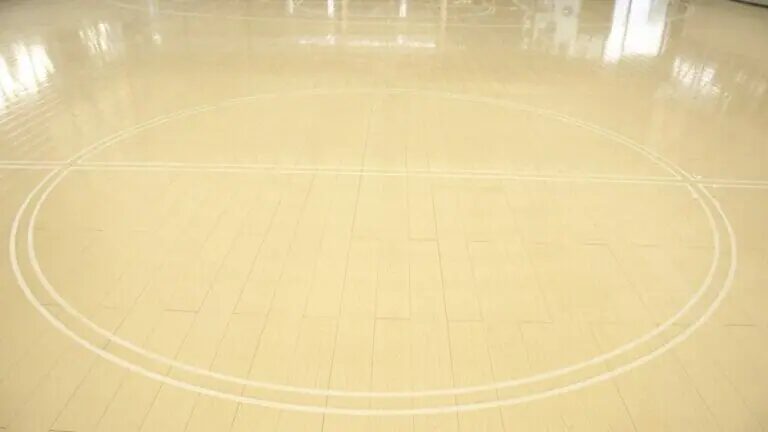Basketball courts are more than just spaces for playing a game; they embody a rich history of athleticism, strategic design, and community engagement. “Exploring Basketball Courts: From Design to Game” delves into the multifaceted world of basketball court architecture, layout, and functionality.
From the iconic hardwood floors of indoor arenas to the rugged outdoor courts in parks and schools, each court is meticulously crafted to enhance player performance and spectator experience. This comprehensive guide explores the evolution of court design, the significance of dimensions and markings, and the innovations driving modern court technologies.
Whether you’re a basketball enthusiast, a designer, or simply curious about the intricacies behind these dynamic spaces, this exploration will illuminate the essential elements that make basketball courts an integral part of sporting culture worldwide.
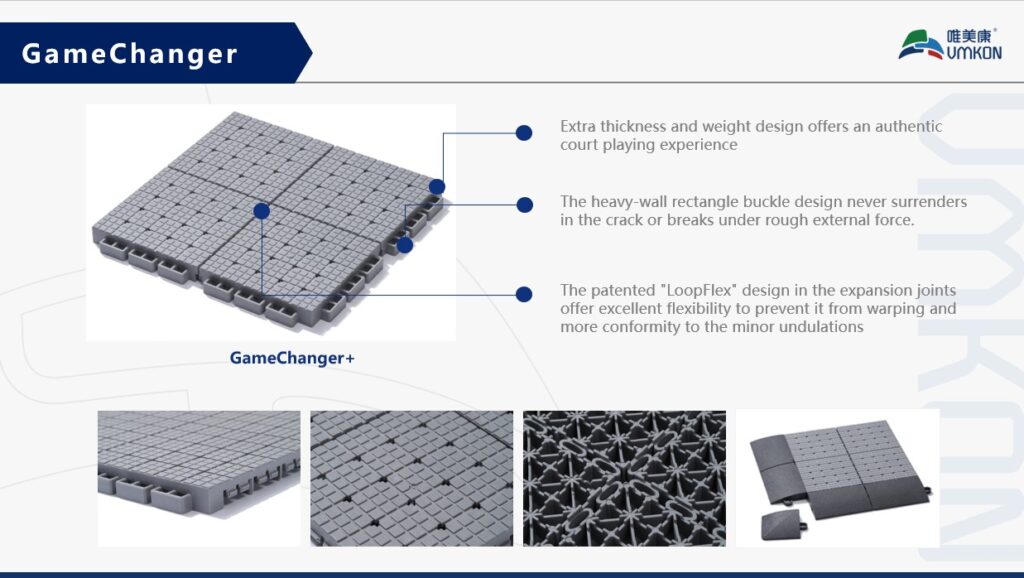
Introduction to Basketball Courts:
Basketball courts are not just venues for athletic competition but also spaces that embody the essence of the game itself. The evolution of basketball court design has been a journey marked by innovation and adaptation to the needs of players and the sport’s evolving strategies.
From the early days of makeshift courts to today’s standardized dimensions, the design of basketball courts has undergone significant transformations.
Evolution of Basketball Court Design:
The evolution of basketball court design traces back to the late 19th century when the game was first invented by Dr. James Naismith in 1891. Initially played in indoor gymnasiums with simple markings and a peach basket as the goal, the early courts were basic and rudimentary. As the popularity of basketball grew, so did the need for standardized court dimensions and markings to ensure fair play and consistency across different venues.
Over the decades, advancements in court design have aimed to optimize player performance and safety while enhancing the spectator experience. This evolution has included innovations such as the introduction of wooden floors for better traction, the adoption of specific court markings to delineate playing zones, and the implementation of standardized hoop heights and distances.
Importance of Court Layout and Dimensions:
The layout and dimensions of a basketball court are critical factors that directly impact the flow of the game and the strategies employed by players. A regulation basketball court is rectangular in shape, typically measuring 94 feet in length and 50 feet in width for professional games under NBA standards. The court is divided into specific areas, including the playing area, three-point line, free-throw line, and key or paint area.
Precise court dimensions and markings ensure fairness and consistency in gameplay, allowing players to understand boundaries, positioning, and scoring opportunities. The strategic placement of these elements influences player movement, defensive tactics, and offensive plays, contributing to the dynamic and fast-paced nature of basketball.
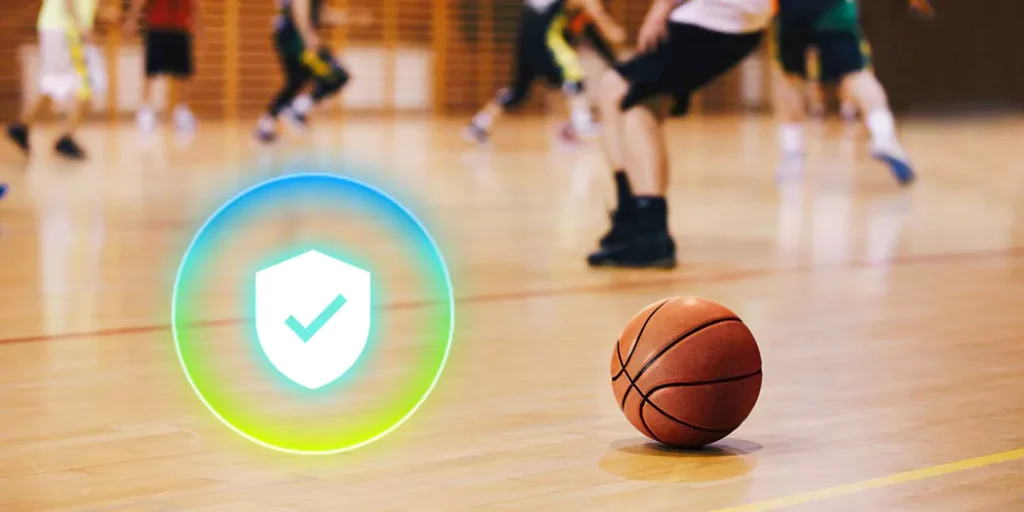
Types of Basketball Courts:
Basketball courts come in various types, each tailored to different settings and purposes, catering to the diverse needs of players and communities:
1. Indoor Basketball Courts:
Indoor basketball courts are enclosed spaces designed for competitive play and practice in controlled environments. Typically found in gymnasiums, sports complexes, and recreational centers, indoor courts offer advantages such as climate control, consistent playing conditions, and protection from outdoor elements.
These courts feature hardwood or synthetic flooring optimized for traction and durability, along with overhead lighting and seating for spectators.
2. Outdoor Basketball Courts:
Outdoor basketball courts are open-air facilities located in parks, playgrounds, schools, and community centers. These courts are exposed to natural elements and are often surfaced with materials like asphalt or concrete, which provide durability and resistance to weather conditions.
Outdoor courts may vary in size and design but generally include basic markings for gameplay. They serve as accessible venues for casual games, recreational play, and community events, fostering social interaction and physical activity in outdoor settings.
3. Multi-purpose Courts:
Multi-purpose courts are versatile facilities that accommodate various sports and recreational activities, including basketball. These courts are adaptable spaces designed for flexibility, allowing for the integration of different court markings and configurations based on specific needs.
They can be found in schools, universities, sports complexes, and recreational facilities, serving as hubs for diverse athletic programs and community events. Multi-purpose courts may feature adjustable hoops, removable nets, and customizable playing surfaces to support a range of sports and recreational activities beyond basketball.
Each type of basketball court offers unique benefits and opportunities for players to engage in the sport, whether for competitive play, casual recreation, or community gatherings.
Understanding the characteristics and functionalities of each type enables stakeholders to make informed decisions when planning, designing, or selecting basketball courts to meet specific needs and enhance sports participation within their communities.
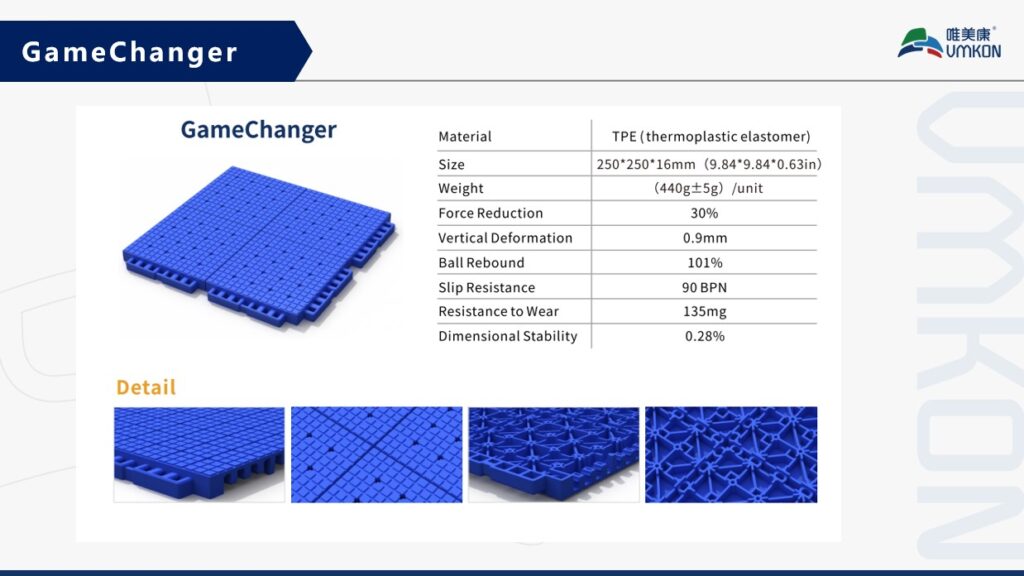
Components of a Basketball Court:
A basketball court consists of several essential components that contribute to its functionality and gameplay experience:
1. Court Markings and Lines:
Court markings and lines are essential for delineating boundaries, zones, and scoring areas on the basketball court. Key markings include:
1.Baseline: Marks the boundary behind each basket.
2.Sidelines: Boundary lines running along the length of the court.
3.Half-Court Line: Divides the court into two halves.
4.Three-Point Line: Arc-shaped line indicating the perimeter from which three-point shots can be attempted.
5.Free-Throw Line: Marks the position from which free throws are taken.
6.Key or Paint Area: Rectangular area near each basket where players position themselves during free throws and close-range shots.
Clear and standardized markings ensure consistency in gameplay and facilitate strategic positioning and movement of players during a game.
2. Hoops and Backboards:
Hoops and backboards are integral components of a basketball court, serving as the goals for scoring points. Key elements include:
1.Hoop: Circular rim mounted on a backboard.
2.Backboard: Rectangular board behind the hoop that rebounds missed shots.
3.Rim: Metal ring with a net attached, positioned 10 feet above the ground.
Hoops and backboards are typically made from durable materials such as steel or fiberglass and are designed to withstand the impact of basketball play.
3. Flooring and Surface Materials
The flooring and surface materials of a basketball court impact player safety, performance, and overall gameplay experience. Common materials include:
1.Hardwood: Traditional choice for indoor courts, offering excellent traction and bounce.
2.Synthetic Flooring: Provides durability and versatility for both indoor and outdoor courts, often used in multi-purpose facilities.
3.Asphalt: Commonly used for outdoor courts due to its durability and weather resistance.
4.Concrete: Another durable option for outdoor courts, offering stability and longevity.
The choice of flooring and surface materials depends on factors such as location, budget, maintenance requirements, and intended use of the court.
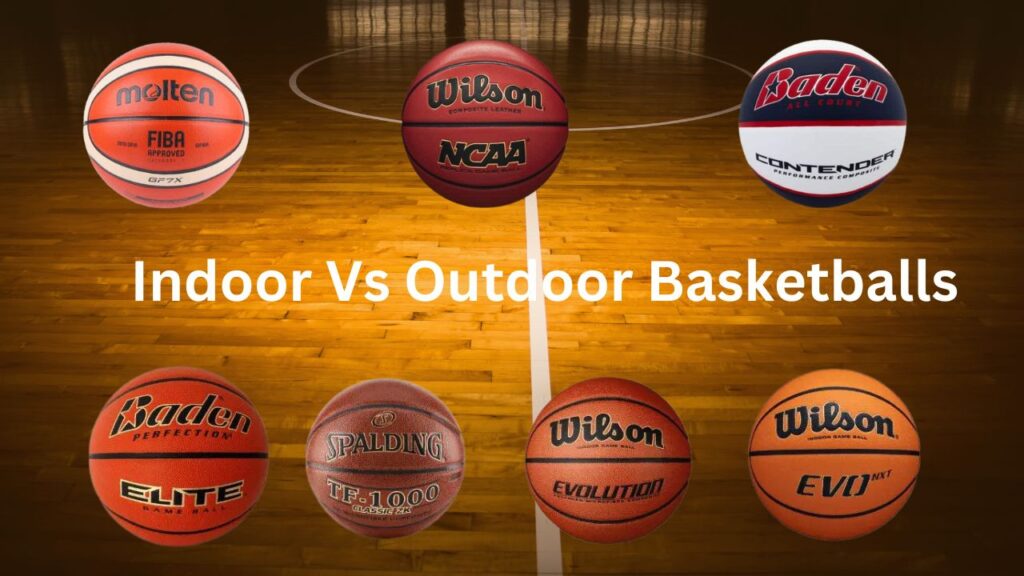
Basketball Court Dimensions and Regulations:
Basketball courts adhere to standardized dimensions and regulations established by various governing bodies, ensuring consistency and fairness in gameplay:
1. NBA and FIBA Standard Dimensions:
1.Length: NBA courts are 94 feet (28.65 meters) long, while FIBA courts are slightly shorter at 91.86 feet (28 meters).
2.Width: Both NBA and FIBA courts measure 50 feet (15.24 meters) in width.
3.Three-Point Line Distance: The NBA three-point line is 23.75 feet (7.24 meters) from the hoop at the top of the arc, while FIBA’s three-point line is slightly closer at 22.15 feet (6.75 meters).
These dimensions ensure consistency in court size and layout for professional and international basketball competitions.
2. High School and College Court Sizes:
1.Length: High school courts typically measure 84 feet (25.6 meters) in length.
2.Width: High school courts are 50 feet (15.24 meters) wide, aligning with NBA and FIBA standards.
3.Three-Point Line Distance: The high school three-point line is set at 19.75 feet (6.02 meters) from the hoop.
College basketball courts generally follow the same dimensions as NBA courts, with variations in three-point line distances depending on governing athletic associations.
Understanding these dimensions and regulations is essential for designing, constructing, and maintaining basketball courts that meet standards for competitive play and recreational use at various levels of the sport.
Design and Construction Considerations:
Designing and constructing a basketball court involves careful planning and consideration of various factors to ensure functionality, safety, and optimal user experience:
1. Lighting and Visibility
Proper lighting is crucial for enhancing visibility and ensuring safe gameplay on basketball courts, especially for indoor facilities and evening games. Considerations include:
1.Lighting Levels: Adequate illumination to minimize shadows and ensure clear visibility of players, ball, and court markings.
2.Lighting Positioning: Placement of light fixtures to minimize glare and provide uniform lighting across the entire court.
3.Energy Efficiency: Use of energy-efficient lighting systems such as LEDs to reduce operational costs and environmental impact.
Well-designed lighting enhances the aesthetics of the court while improving safety and gameplay visibility for players and spectators alike.
2. Safety Features and Accessibility:
Safety features and accessibility considerations are essential to promote inclusivity and prevent injuries on basketball courts:
1.Surface Quality: Smooth and level playing surface to minimize trip hazards and ensure player safety.
2.Boundary Barriers: Installation of safety barriers or padding around court boundaries to protect players from collisions with walls or obstacles.
3.Accessibility: Designing courts with accessible pathways, ramps, and seating areas to accommodate players and spectators with disabilities.
4.Emergency Equipment: Availability of first aid kits and emergency contact information for quick response to injuries or emergencies.
Incorporating these features ensures a safe and welcoming environment for all users of the basketball court, promoting participation and enjoyment of the sport.
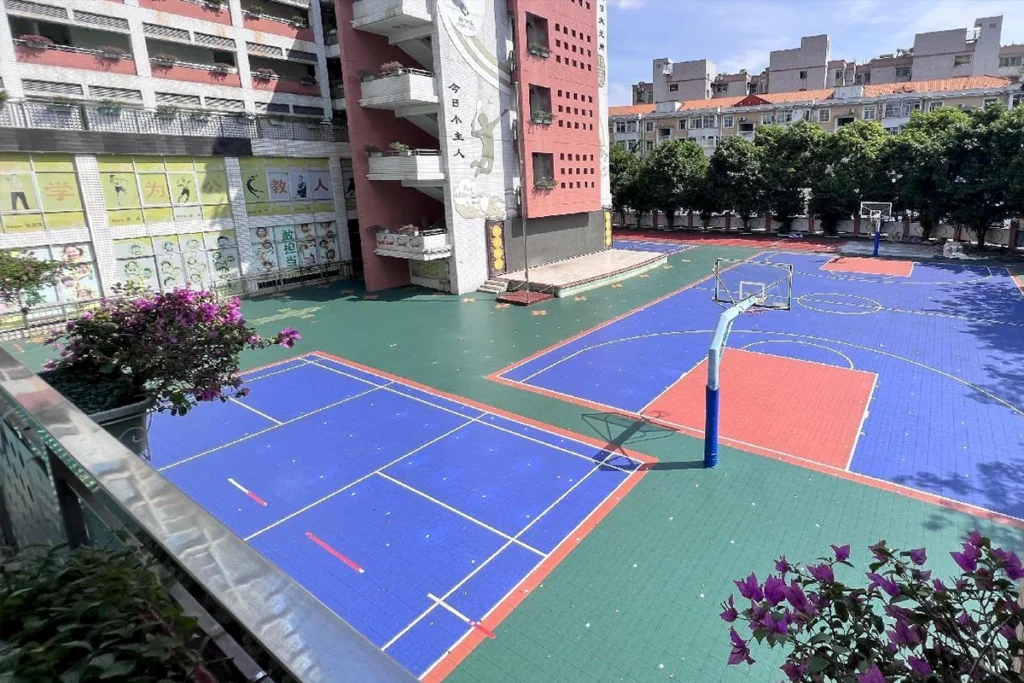
3. Environmental Factors:
Environmental considerations play a significant role in the design and construction of basketball courts, particularly for outdoor facilities:
1.Weather Resistance: Selection of durable materials resistant to weather conditions such as rain, heat, and cold to ensure longevity and minimize maintenance.
2.Water Drainage: Proper drainage systems to prevent water accumulation on outdoor courts, reducing slip hazards and preserving court integrity.
3.Sustainable Practices: Use of eco-friendly materials and construction practices to minimize environmental impact during court installation and maintenance.
By addressing environmental factors, basketball courts can maintain functionality and aesthetics over time while contributing to sustainable practices in sports facility management.
Conclusion
Designing a basketball court involves meticulous planning and consideration of various factors to ensure optimal functionality, safety, and enjoyment for players and spectators alike. Whether you’re envisioning an indoor facility with state-of-the-art lighting or an outdoor court built to withstand environmental challenges, VMKON is here to assist.
With expertise in designing sports facilities that prioritize quality, safety, and sustainability, VMKON offers tailored solutions to meet your specific needs. Contact VMKON today for professional guidance and expertise in creating a basketball court that exceeds expectations in every aspect.

